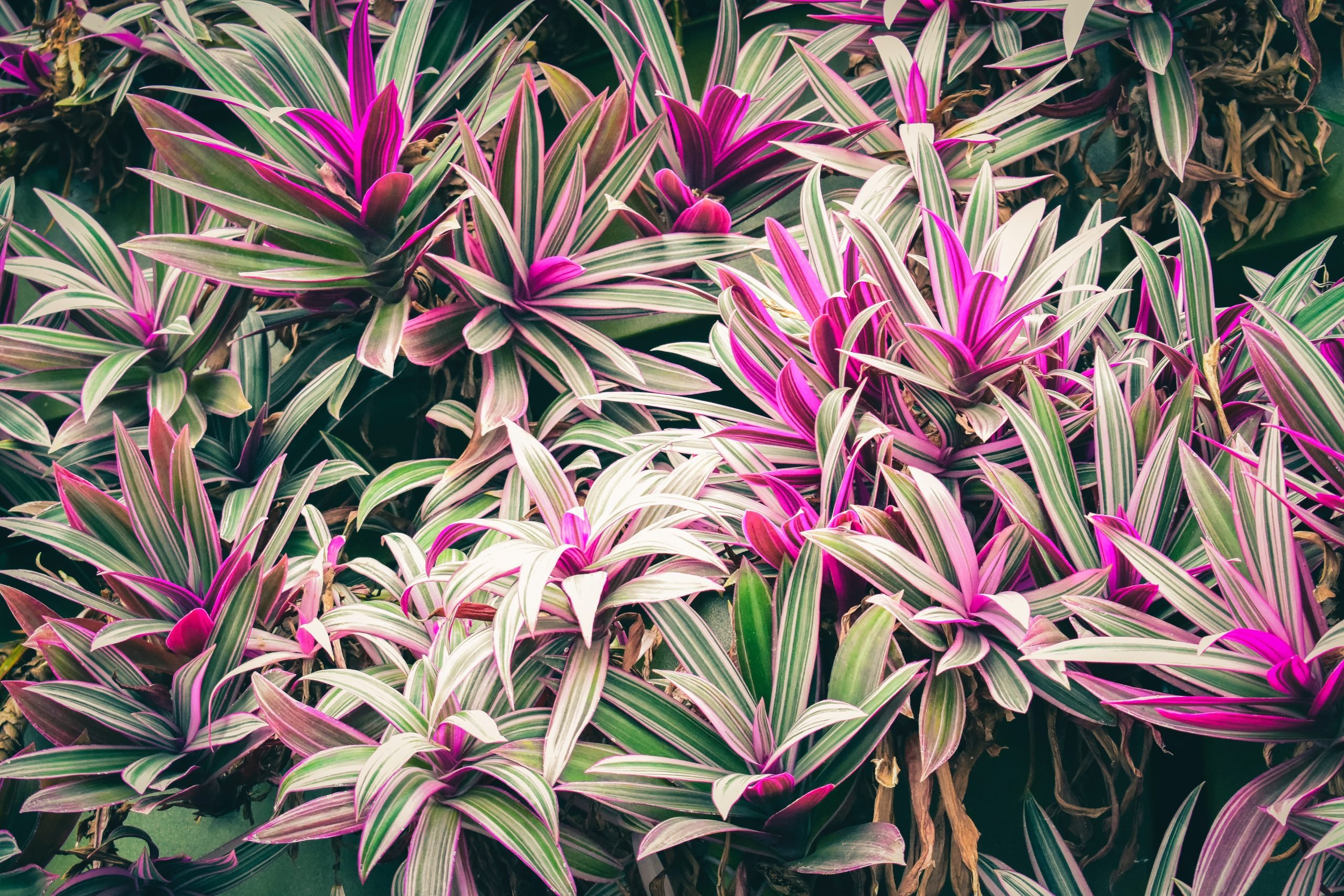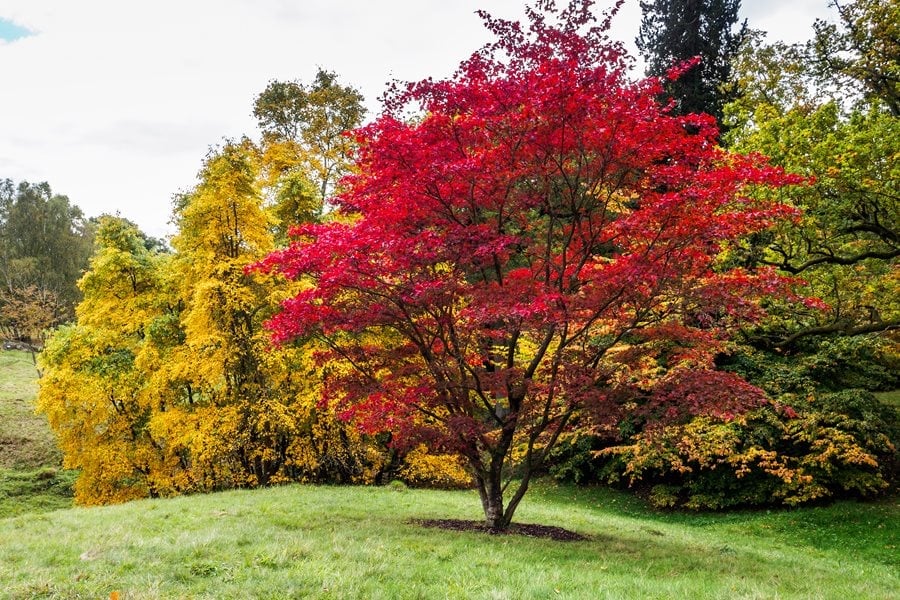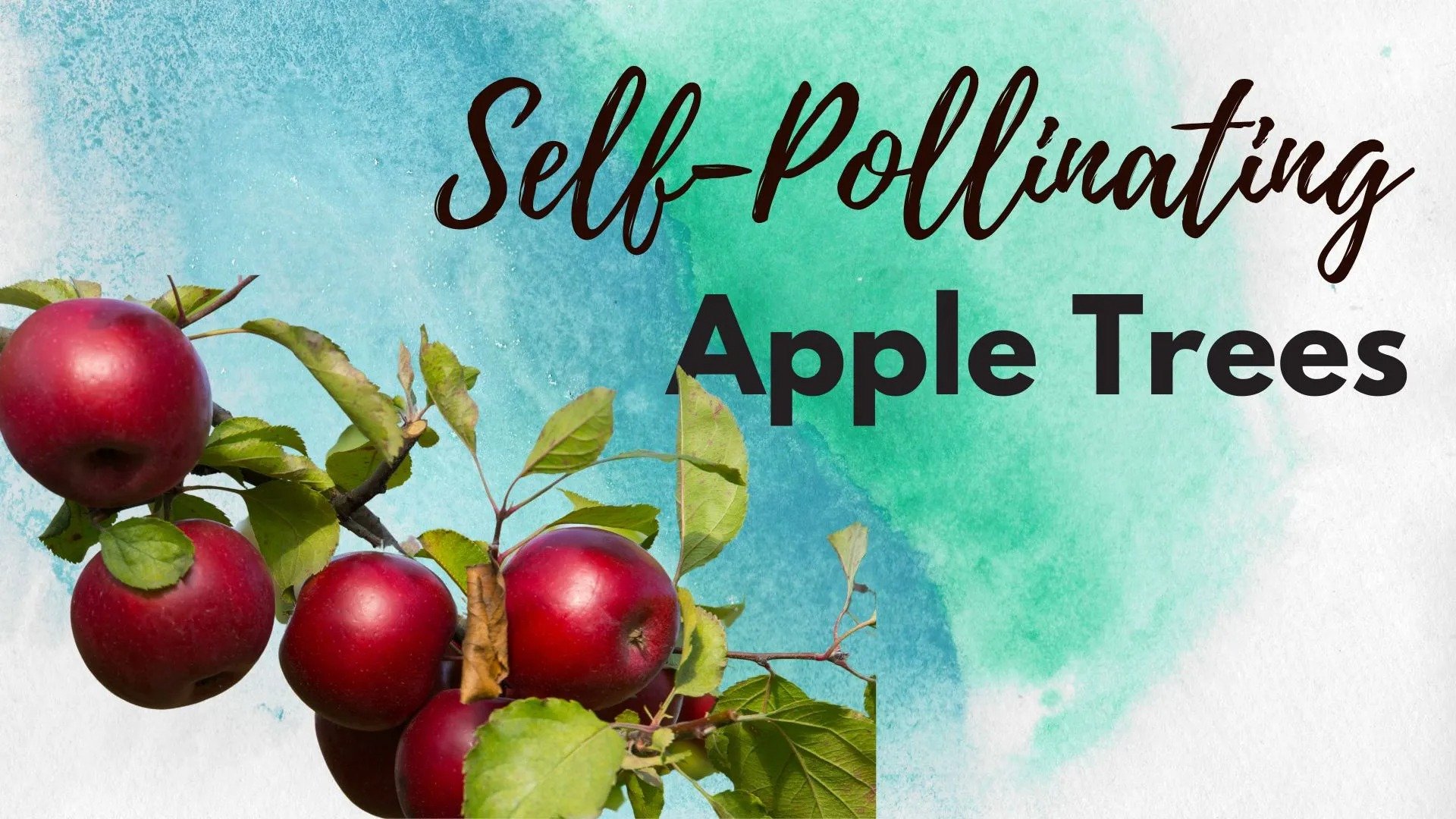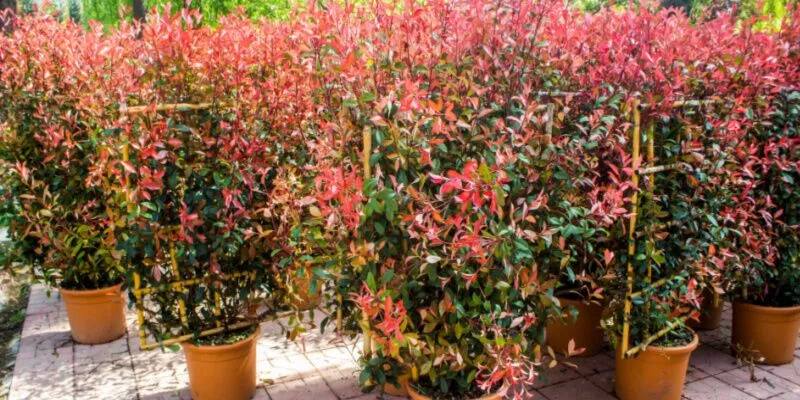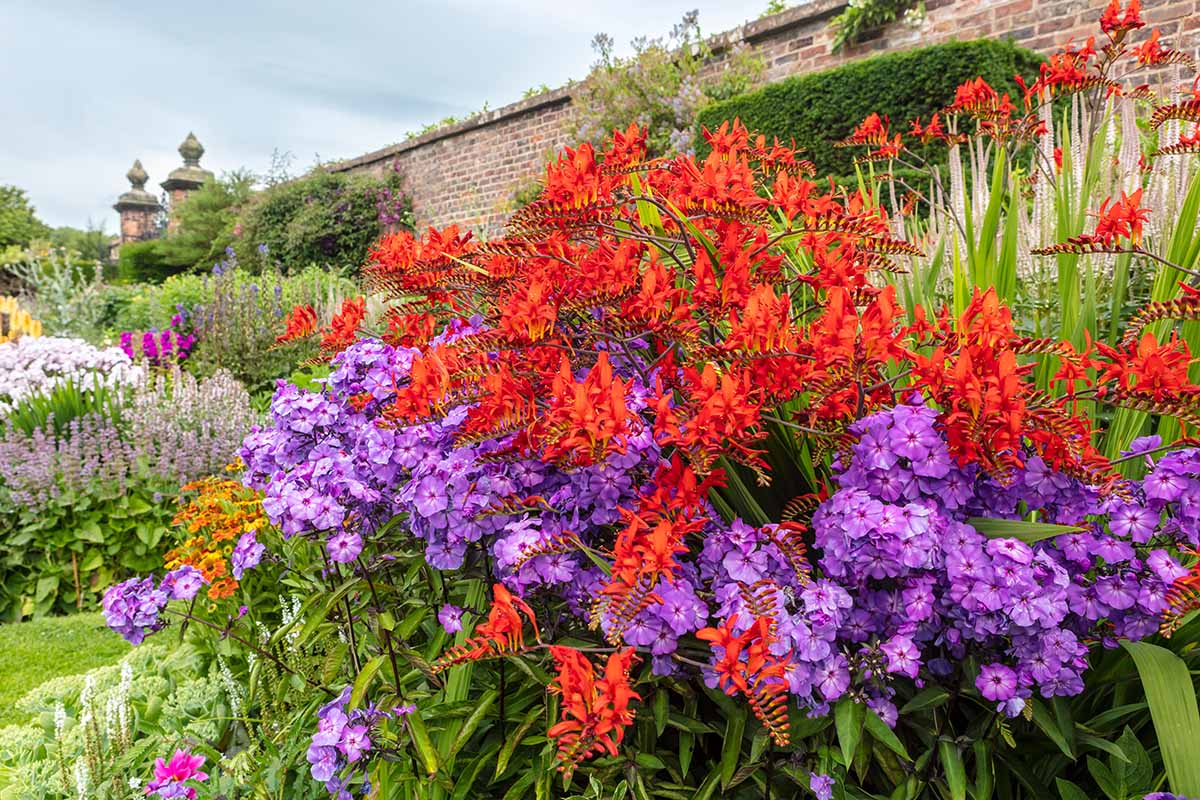Red and Black Spiky Worms on Plants
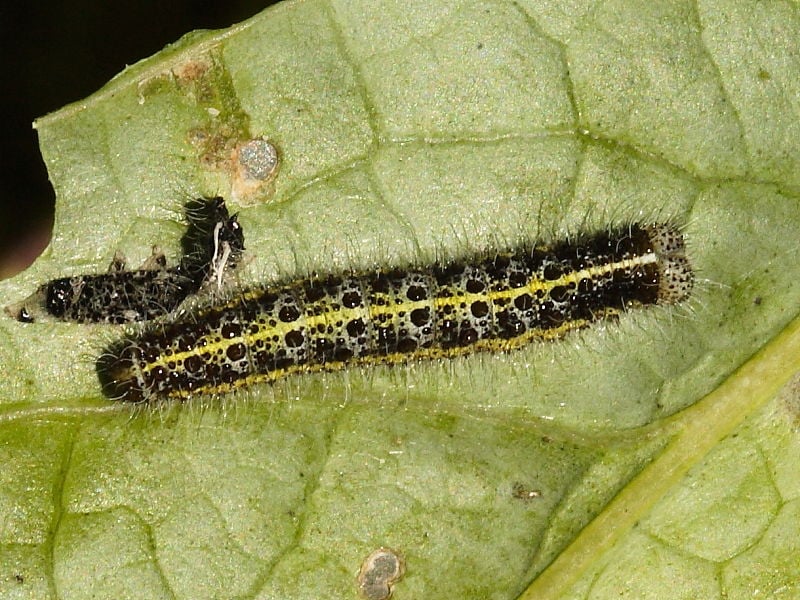
Table of Contents
Whether you have your own farm, greenhouse, or garden vegetation, protecting them from common plant bugs is challenging. First and foremost, identifying different kinds of caterpillars on spiky plants and telling them apart from other garden worms poses a difficulty in itself. Following this comes the question of what kind of measure one must take to control them.
Whether you are growing ornamental plants or growing your food in your patio, backyard, or front yard, you need to be cautious of general pests and bugs that can eat away the plants or destroy them in some other way.
So, let’s explore the common types of spiky worms and how to control them from this article.
Common Garden Pests and Their Control Measures
If you have these common pests plaguing your garden vegetation and veggie patch, then you can opt for the following measures mentioned below.
1. Whiteflies
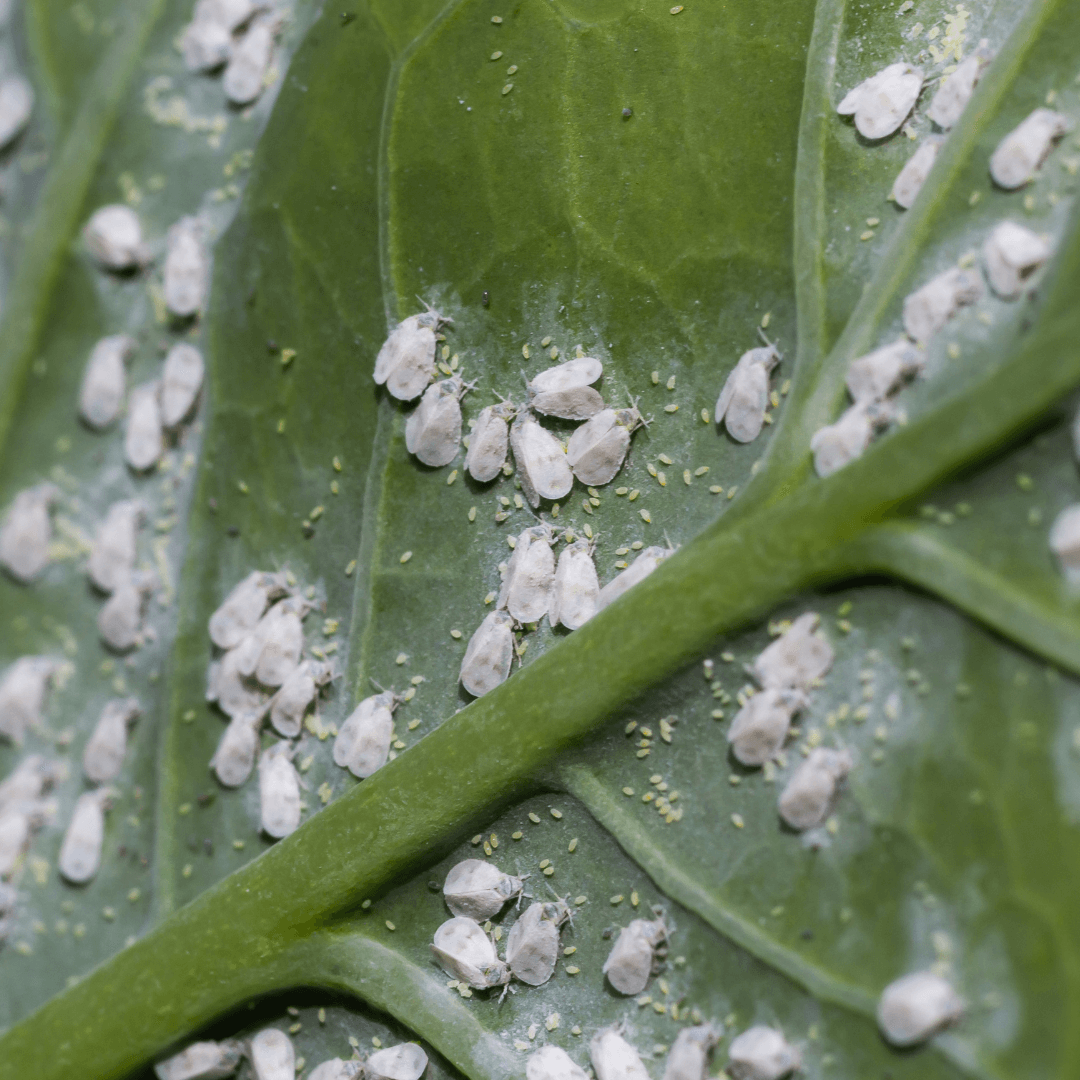
- How to identify – These are small and white flies that infest various plants. They often infest a plant in large numbers and can be found on the underside of leaves. Upon infestation, the affected plant is covered in a sticky honeydew, which is the excrement of these flies.
- Damage identification – Both the adult flies and the nymphs cause yellowing of leaves, leaf dropping, and leaf wilting. The whiteflies suck the plant juices, which causes the plants to become weak.
- Commonly affected plants – Sage, sweet potatoes, tomatoes, citrus plants, peppers, etc.
- Prevention and Control measures – While purchasing any plant from the nursery, inspect the leaves carefully to see if there is any existing whitefly infestation. Physically, you can control adult flies by hanging yellow sticky cards above the plants and capturing them. Besides this, you could use insecticidal soap, neem, and horticulture oil.
2. Giant Wooly Bear
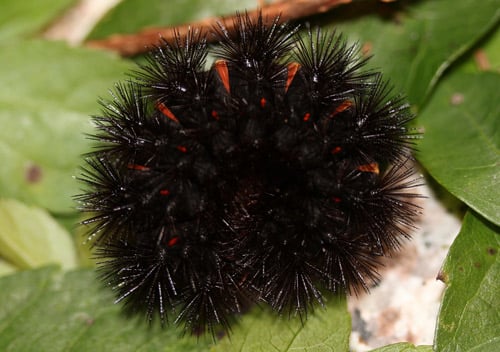
- How to identify – The giant leopard moth caterpillar or the giant woolly bear is a black spiky caterpillar. It has needle-like black spines. It has red bands under the spiky, fuzzy cover. It rolls into a ball when threatened. Though the spikes are non-venomous, they are sharp enough to cause a stinging sensation and leave some allergic rashes on the skin.
- Damage identification – Half-eaten leaves, holes in leaves, skeletonizing, and scraping off of the top layer of the leaf surface.
- Commonly affected plants – Cabbages, citrus trees, sunflowers, violets, dandelions, and willows.
- Prevention and Control Measures – You can either invite predators that feed on caterpillars or physically remove them from the leaves. Spray Bacillus thuringiensis var. kurstaki (Bt) on the leaves. It is a naturally occurring bacteria in the soil. Use insecticidal soap or broad-spectrum pesticides like bifenthrin.
3. Colorado Potato Beetle
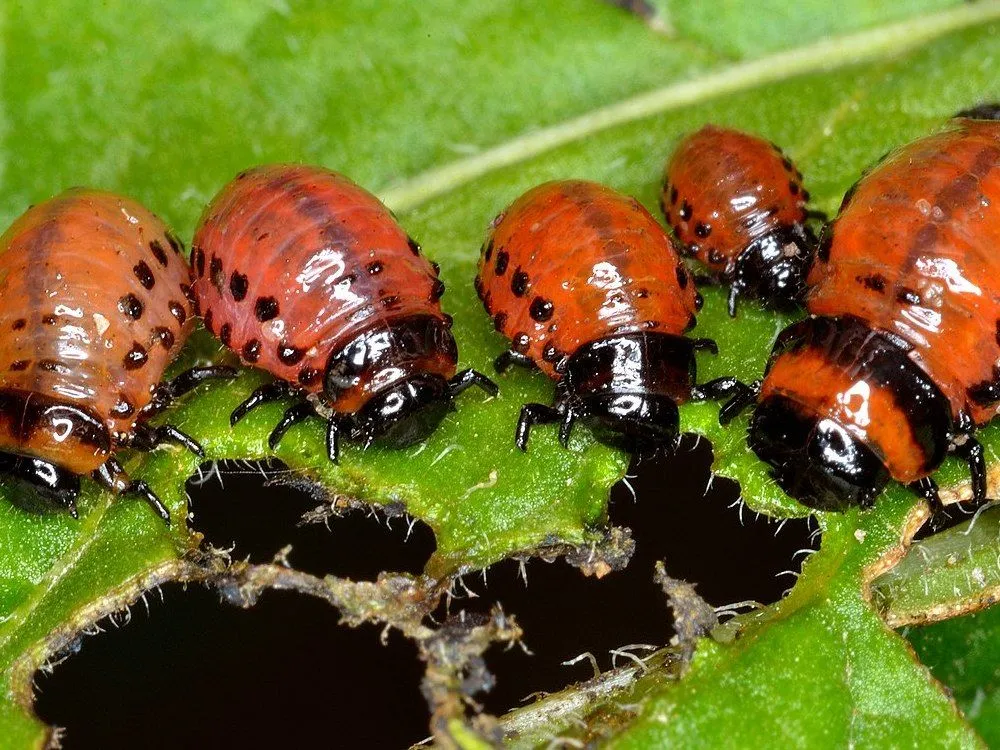
- How to identify – The adult Colorado Potato Beetles are long and rounded in appearance. They have black and tan striped wing covers. The larvae are chubby and reddish-purple in appearance. They are covered with rows of black dots on either side.
- Damage identification – Both the adult and the larvae skeletonize vegetative foliage down to the leaf veins.
- Commonly affected plants – The tomato family plants play special hosts. Apart from this, potatoes, eggplants, and peppers suffer from the infestation of the Colorado Beetle.
- Prevention & Control measures – The best way to prevent them is by yearly rotating crops. Besides this, you can cover the plants with a floating row cover. Spinsoad is an effective organic spray. Other choices include neem-based insecticides.
4. Slugs and Snails
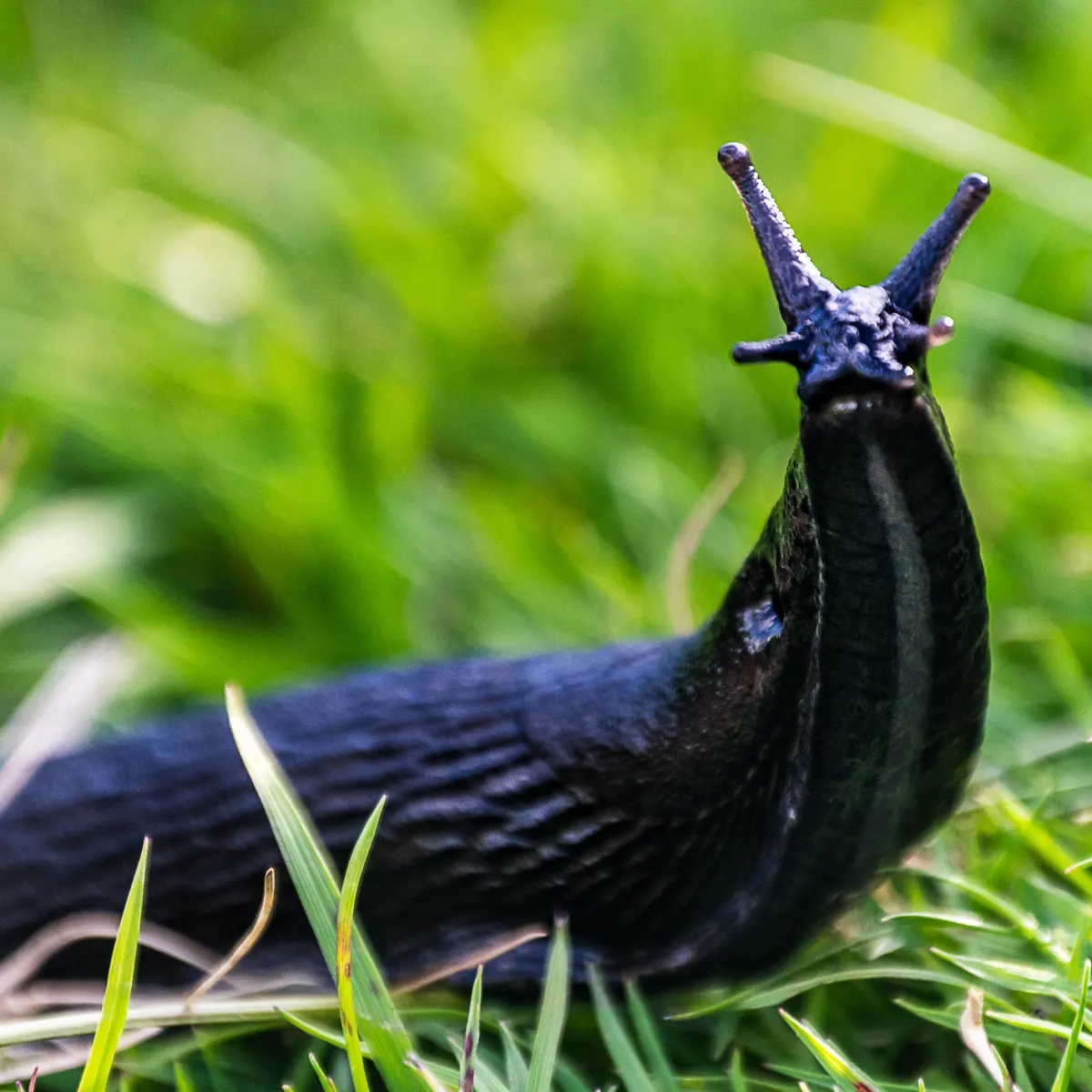
- How to identify – Although not classified as part of the insect class, snails and slugs are land-dwelling mollusks. Snails have a characteristic shell, while slugs lack it. They are known for leaving a trail of slime behind. They can come in various colors like orange, black, brown, tan, and gray.
- Commonly affected plants – These land-dwelling mollusks feed on various plants and vegetation.
- Damage identification – They leave irregular holes and damage in leaf margins. They usually feed at night or during heavy downpours.
- Prevention & Control measures – One easy way to naturally prevent them is by watering the plants in the morning, which will attract them and then invite their predators like frogs, birds, and snakes. Another way is to place a copper strip around the plants. The copper strip reacts with the slime produced by snails and slugs and, thereby, discourages them from feeding. Placing beer traps and handpicking them can be physical ways of controlling them. Using slug baits containing an active ingredient of iron phosphate is another way to control slugs.
Conclusion
So, this was a quick roundabout about the common garden worms and pests and how you can identify them and control them easily. Caterpillars of different sorts are common garden bugs, but apart from them, there are aphids, beetles, and whiteflies.
When you want to maintain a vegetable garden, you must know another essential tip, which is interplanting the vegetable patch. It means planting flowering herbs in between veggie annuals to limit the pests automatically. This is because flowering plants attract pollinators and bird species, most of which are natural predators of these pests.


